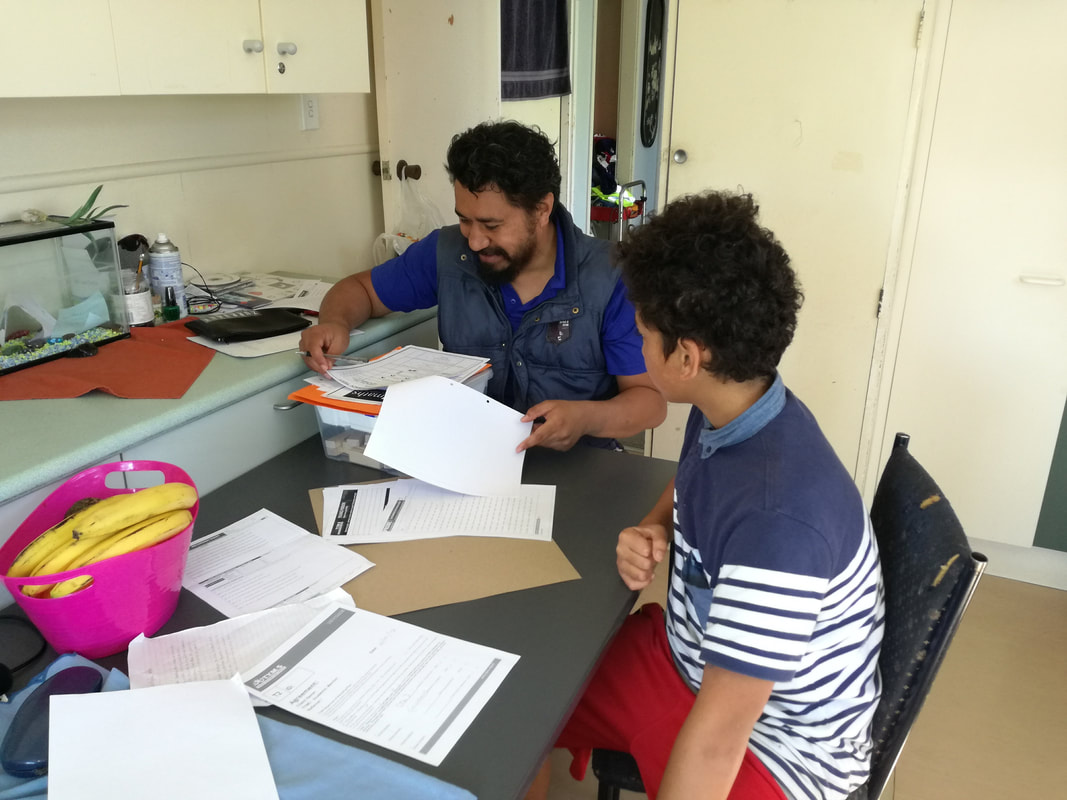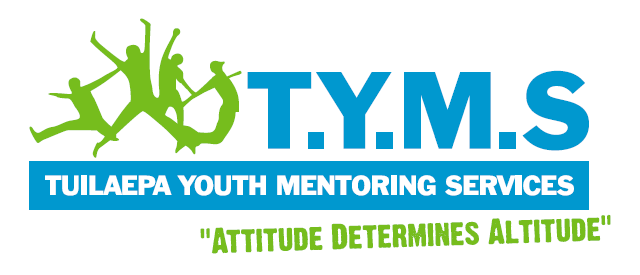|
Author: Koleta Savaii  Every parent wants their child to do well in school. We all know that a good education is the key to a wide range of opportunities that ultimately lead to a “good life”. Now, people have their own ideas about what this good life entails. But we can all agree that it is one which is free from hunger, poverty, homelessness, fear of crime, and ill-health. Academic wellbeing encompasses young people’s attainment of knowledge, skills, concepts, and strategies that enables them to succeed in school, and eventually to deal with the increasingly complex worlds of family life, work, and citizenship. There is considerable research that has been carried out globally to identify pathways to achieving academic well-being. These include improvements in school curriculum, young people’s diets, their home environment, teacher behaviour, community participation, and the removal of toxic stress. While valuable, this data is by no means the full story, especially if we want to understand the ways in which we can improve young Pacific people’s academic well-being. Pacific students are not doing so well in New Zealand schools. The data also shows that Pacific females are doing much better in secondary through to tertiary education than their male counterparts. To make sense of these findings, Professor Tagaloatele Fairbairn-Dunlop argued that we need to review educational outcomes through a Pacific gender lens, so that we can identify how cultural expectations might influence the school experience today. So, what is this “Pacific gender lens”? To explain, I’ll reflect on my own journey. I am a Samoan female. I was born in New Zealand, but I spent majority of my childhood and teenage years in Samoa. I was raised by grandparents, uncles, aunts, church family, and village – yes it does take a village to raise a child. My grandfather was my idol. He taught me how to read using the Samoan Bible. He said reading the newspaper was a waste of time, all the knowledge I seek is in the Bible. He taught me how to write my name... I have never come across anyone so patient. He taught me basic maths: ‘I am giving you a dollar, go to the shop and buy me a .50cent razor blade, how much change should you come back with?’ But my favourite memories of him were the nights where he would tell me a fagogo (a Samoan form of storytelling). Through his fagogo I learned about my family genealogy, the markers of our family lands, the origin of our matai (chief) title and its meaning, and my responsibilities as a Samoan female. I wanted to be just like him. I wanted to speak the language of the matai. I wanted to be a skilled orator. I used to follow him to village meetings and listen to the matai debate village issues. The majority of the matai in these village meetings were men. Even the boys my age had business in the meeting house. I hated that I wasn’t a boy. Girls don’t do matai stuff, or so I thought. ‘Focus on your education, my child. If you succeed in school, you can have anything you want in this life’, my grandfather said. And that’s how I ended up in a New Zealand University; although I still envy my male cousins who seem to know how to do everything. This is the gendered division of roles and responsibilities in thefa’aSamoa that Professor Fairbairn-Dunlop and many Samoan scholars write about. Unlike the Western division of labour where women are subordinate to men, Samoan men and women have complementary roles. In traditional times, men were responsible for political authority, defence and warfare and the production of food and women were responsible for moral authority, ceremony and hospitality, and the production of exchange valuables such as the ie toga (fine mats). For the maintenance of society’s well-being, everyone was expected to behave according to their ascribed place. While these ideological divisions were held, actual roles might be modified according to need, opportunity, and the desire to maintain the family good. In applying this Samoan gender lens to the New Zealand educational data, Professor Fairbairn-Dunlop found that the Samoan male norm which discourages failure hindered boys’ full participation in academia. his was one reason why the majority of Samoan males were drawn to non-academic avenues such as sports, to retain their prestige. While females were using the opportunities education offered to learn new skills and knowledge, their participation in the public domain still remained minimal. Like Samoa, many Pacific cultural systems are influenced by gender and a consideration for factors such as age, family status and place. These inform Pacific peoples roles, responsibilities, behaviours and expectations. The academic wellbeing of Pacific youth is contingent on our understanding and recognition of the influences of these cultural systems, in addition to improvements in other areas affecting young people’s education including school curriculums, nutrition, the home environment, and communities.
0 Comments
Author: Koleta Savaii Adolescents are at a transitional stage – from their high dependence on parents and family to a need for autonomy and independence as they progress to adulthood.
While at this stage the role of the family in the adolescent’s life is secondary to that of the peer group, a close best friend, or a romantic partner, this does not mean family support is no longer needed. Adolescent researchers have established that different types of relationships fulfill specific interpersonal needs. For example, in romantic relationships, adolescents learn the social aspects of this type of relationship from their relationships with their parents and close friends (i.e., intimacy, conflict resolution, trust, empathy, and compassion), while the sexual aspects are learned from a dating partner. For healthy youth and consequently healthy adults, we need to ensure that every one of their relationships are healthy, and that they provide positive learning experiences. The adolescent years are also critical to the formation of one’s identity. At any point in history we will find that the opportunities available to youth for identity formation differ. For instance, for the grandparents of today’s youth, cultural exploration was restricted by geographical boundaries and the only cultures available was that of their families, church and communities. With increasing globalisation and the popularity of social media, today’s youth literally have access to thousands of cultures and opportunities for identification at their fingertips. A multitude of options to choose from can be distressing for any individual. But this can be especially stressful for adolescents whose brain areas that are responsible for executive function tasks (i.e. self-control, decision making) are not yet fully mature. This region of the brain is also responsible for a variety of other functions, its a common reservoir. Therefore, when we exercise self-control, we tax this common reservoir. For example, trying to maintain a healthy weight by exercising regularly and eating a healthy diet, while at the same time controlling the urge to eat unhealthy foods and stay in bed all day is physically taxing on this common reservoir. If it is not replenished (i.e. through positive self-affirmations, glucose consumption), then we are unable to exercise self-control in other areas of our lives (e.g. we procrastinate in our school work, or we over-spend beyond our available finances). Executive function is like a fuel tank that needs to stay filled. Positive self affirmation is one way of filling up our executive function tank. Adolescents are therefore at a stage in their lives where they need all the support they can get to keep them on track. Unfortunately, the availability of adults or other individuals willing to provide help and/or show interest in their problems is very limited. And this seems unfortunate, when an overview of the literature in this area shows clear links between the quality of adolescents’ supportive relationships with such features as self-esteem, suicidal and delinquent behaviours, emotional illness, and negative emotional states. The availability of positive social support is important, but this has to be accessible and of value to the individual. For example, in many Pacific families, gaining an education is highly valued. Generations of Pacific families have left their homelands for this very reason. For many Pacific parents, their motto is “Education is the key to a good life”. They wish for their children a life that they couldn’t experience themselves while growing up, so they push for their children to gain an education so that they can get good jobs to have a chance at the good life. Hence, adults in the community that provide mentoring and academic support is valuable to both Pacific youth and their families. Social support provided by parents and peers is crucial to the health and wellbeing of young people. This resource will not be utilised, however, if the barriers around access are not addressed. Barriers can include individual personality factors (e.g. low self-esteem), culture (e.g. cultural norms/attitudes around help-seeking), and financial (e.g. transportation costs). The availability of a valued resource coupled with the removal of barriers to accessing such resource, is key to ensuring young people are making use of the programs available to them within schools and in their communities. Social support whether it be provided by peers, parents, and members of the community is crucial to the health and wellbeing of young people. Positive adults who show an interest in youth and their problems is sometimes all it takes to keep a young person outside of prison, off the streets, and in school. |
Categories
All
Archives
June 2018
|
What Our Clients Are Saying
|
Contact Us |





 RSS Feed
RSS Feed
